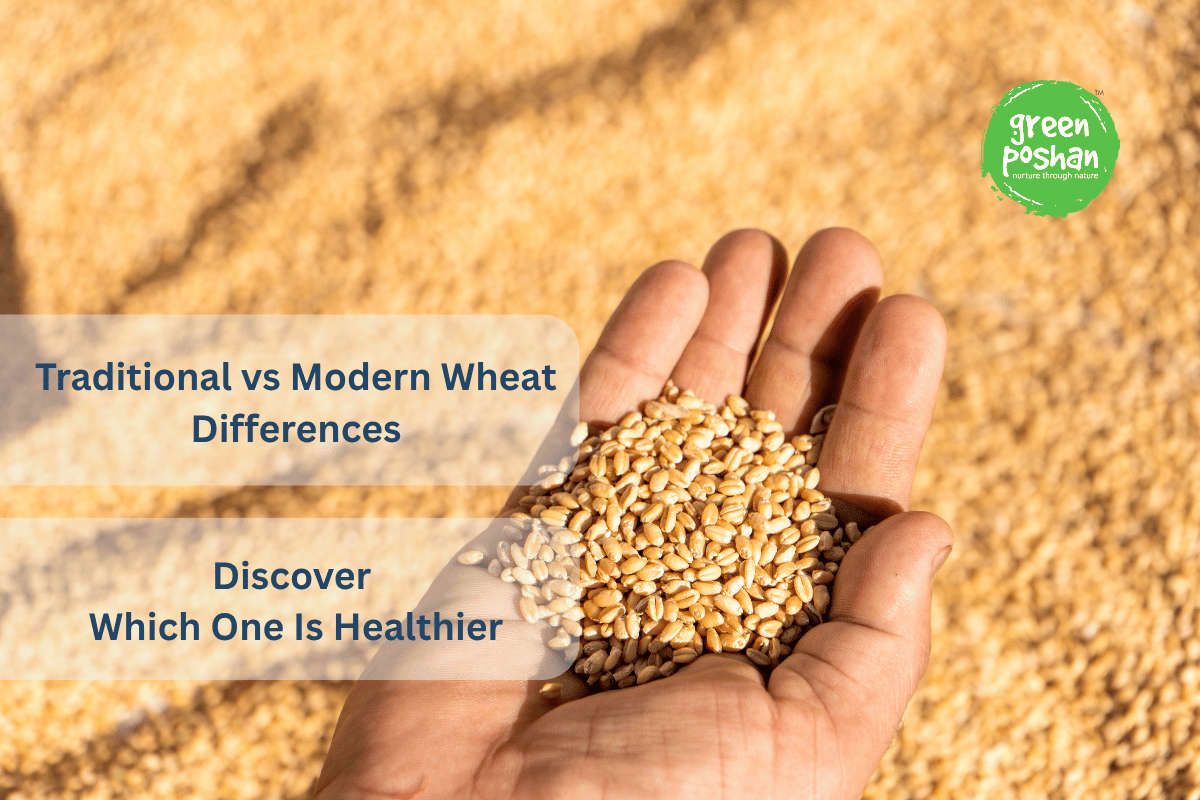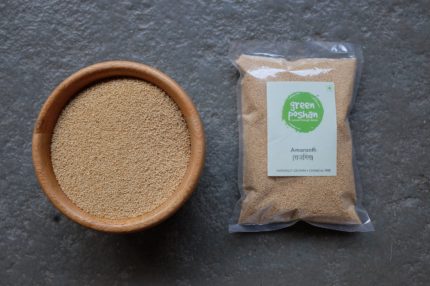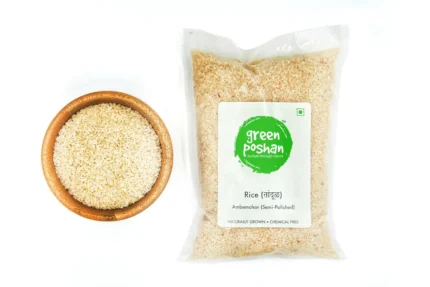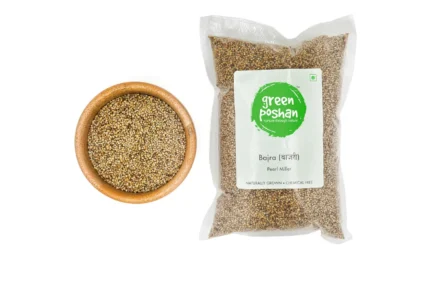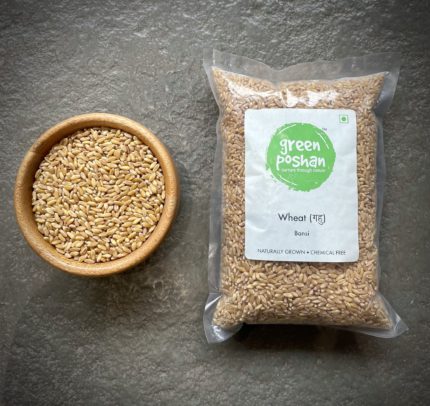The growing curiosity about heritage grains and mindful eating has led many Indian families to ask: what are the traditional vs modern wheat differences India should know about? The answer goes beyond just taste or cooking style; it touches nutrition, farming practices, gluten content, and even environmental impact.
In this guide, we delve into what makes traditional wheat varieties like Khapli distinct from modern High Yielding Variety (HYV) wheat, how these differences affect health and digestion, and why shifting back to traditional wheat might be an important step for Indian kitchens today.
What Is Traditional (Heritage) Wheat vs Modern Wheat?
Traditional wheat often called Khapli wheat or emmer wheat is an older variety that has been grown in India with natural, often organic, farming methods. It typically contains more fiber, minerals, and lower gluten levels compared to modern wheat.
Modern wheat varieties emerged after the Green Revolution and are bred to maximize yield, disease resistance, and harvesting efficiency. These High Yielding Varieties (HYVs) mostly dominate India’s commercial supply but tend to have higher gluten content and are often grown using chemical fertilizers and pesticides.
Key Traditional vs Modern Wheat Differences India-Wide
| Feature | Traditional Wheat (Khapli) | Modern Wheat (HYV) |
| Gluten Content | Lower gluten, easier digestion | Higher gluten, tougher for some to digest |
| Fiber Content | Higher dietary fiber | Lower fiber due to selective breeding |
| Micronutrients | Richer in iron, zinc, magnesium | Reduced micronutrients over generations |
| Farming Practices | Low chemical use, often rainfed or organic | Intensive chemical fertilizers and pesticides usage |
| Taste & Texture | Nutty, coarse texture, fuller flavor | Mild flavor, finer flour texture |
| Health Impact | Beneficial for gut health, less inflammatory | More cases reported of gluten intolerance, inflammation |
| Environmental Impact | Supports soil health, biodiversity | Often leads to soil degradation, monocultures |
The Nutritional Science Behind Traditional vs Modern Wheat
Studies from Indian agricultural universities and nutrition research centers reveal:
- Khapli wheat contains 17-30% more fiber than most modern wheat varieties.
- It has higher mineral content, reducing common deficiencies like anemia in India.
- Its lower and “softer” gluten structure makes it better tolerated by people with gluten sensitivity, though it is not gluten-free.
- Modern wheat, bred primarily for yield, often sacrifices nutritional density and increases gluten strength, which some experts link to rising digestive and immune issues.
Environmental and Farming Implications
Traditional wheat varieties thrive with minimal fertilizers and fewer pesticides, which supports soil microbiome diversity and reduces chemical runoff, a growing concern in Indian agriculture.
In contrast, modern wheat’s heavy dependence on nitrogen fertilizers and pesticides contributes to soil degradation and small-farmer indebtedness.
Farmers in Rajasthan and Madhya Pradesh are increasingly returning to traditional wheat varieties, using organic methods that improve nutrition and local economies.
Why Should Indian Consumers Care?
- Digestive Health: Many report less bloating, gas, or discomfort with traditional wheat.
- Nutritional Benefits: Higher fiber and minerals support long-term health.
- Taste & Cooking: Traditional wheat produces rustic rotis and baked goods with richer flavor.
- Sustainability: Supporting traditional wheat supports environmental health and farmer livelihoods.
How GreenPoshan Supports Your Shift Back to Traditional Wheat
At GreenPoshan, we proudly offer Khapli wheat flour and heritage wheat products that:
- Are procured from trustworthy Indian farmers practicing sustainable, chemical-free agriculture.
- Are batch tested to guarantee freshness, purity, and absence of adulterants.
- Are stone-ground to preserve fiber, nutrients, and natural flavor.
- Give you the freedom to prepare wholesome rotis, breads, and snacks with authentic grain goodness.
By choosing GreenPoshan’s traditional wheat, you not only improve your family’s nutrition but support Indian agriculture’s sustainable future.
Related Products
-
Amaranth (Rajgira) — 250g
₹75.00 -
Ambemohor Rice — 1kg
₹160.00 -
Bajra — 1kg
₹95.00 -
Bansi — 1kg
₹85.00
Understanding the Traditional vs Modern Wheat Differences India Needs for Better Health
India’s rich culinary heritage is tied to ancient grains. Recognizing the traditional vs modern wheat differences India faces today will help you make informed food choices that reflect both science and culture.
Practical Tips for Switching to Traditional Wheat
- Start by replacing your everyday wheat flour with GreenPoshan’s Khapli wheat flour or ancient grain blends.
- Experiment with recipes: Khapli wheat makes great rotis, parathas, and even baked goods with a distinctive flavor.
- Combine with millets or barley flours to enhance fiber and nutrient density.
- Avoid commercial breads made only from modern wheat as they contain additives and refined flour.
Frequently Asked Questions
Is Khapli wheat gluten-free?
No. Khapli wheat has gluten but in lower amounts and a different structure, making it easier to digest for many, but not suitable for celiac patients.
Does modern wheat cause more allergies?
Some studies link higher gluten and chemical use in modern wheat to increased gluten sensitivity and gut inflammation, but individual responses vary.
Can I use traditional wheat in all recipes?
Yes, especially in Indian flatbreads and baked snacks. It has a coarser texture but works well in many dishes.
Where can I buy authentic traditional wheat?
GreenPoshan offers certified Khapli wheat flour sourced from organic Indian farms with quality tests.
Is traditional wheat more expensive?
Traditionally grown wheat may cost more due to lower yields but offers better health benefits and supports sustainable farming.
In the End
Understanding traditional vs modern wheat differences India faces is key to making healthier, sustainable food choices. By embracing traditional wheat varieties like Khapli, you unlock richer nutrition, easier digestion, and a sustainable future for Indian agriculture.
Make the informed switch today: Choose GreenPoshan’s traditional wheat products authentic, tested, and full of India’s heritage grain goodness.

